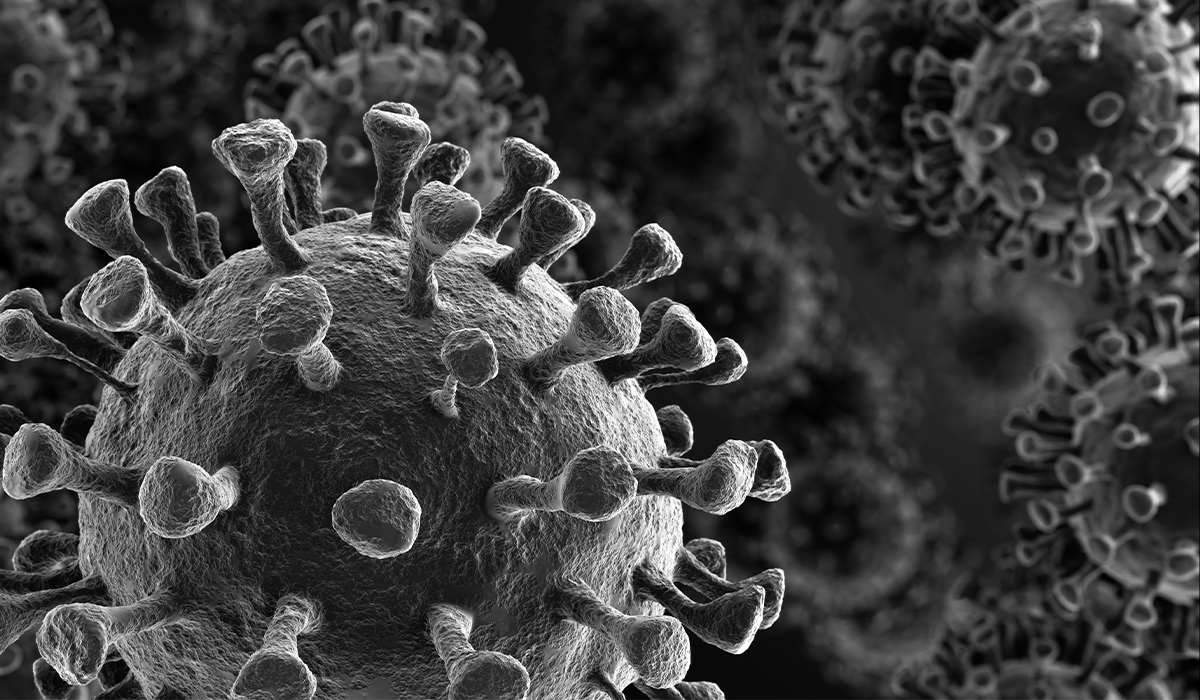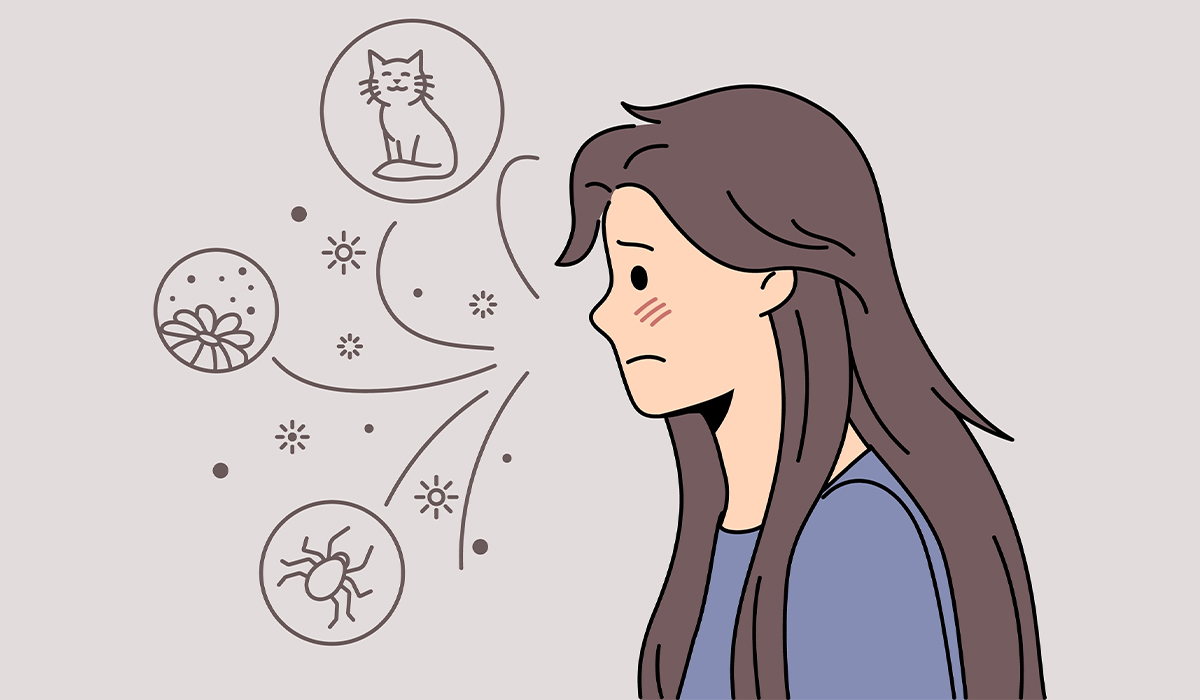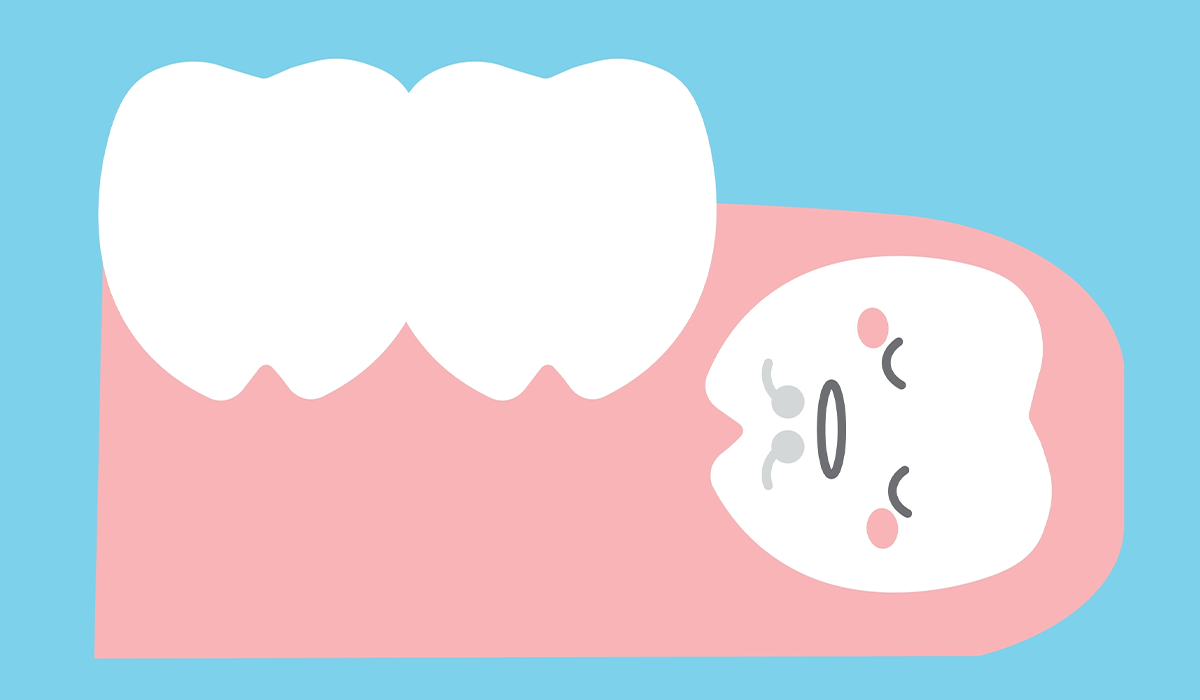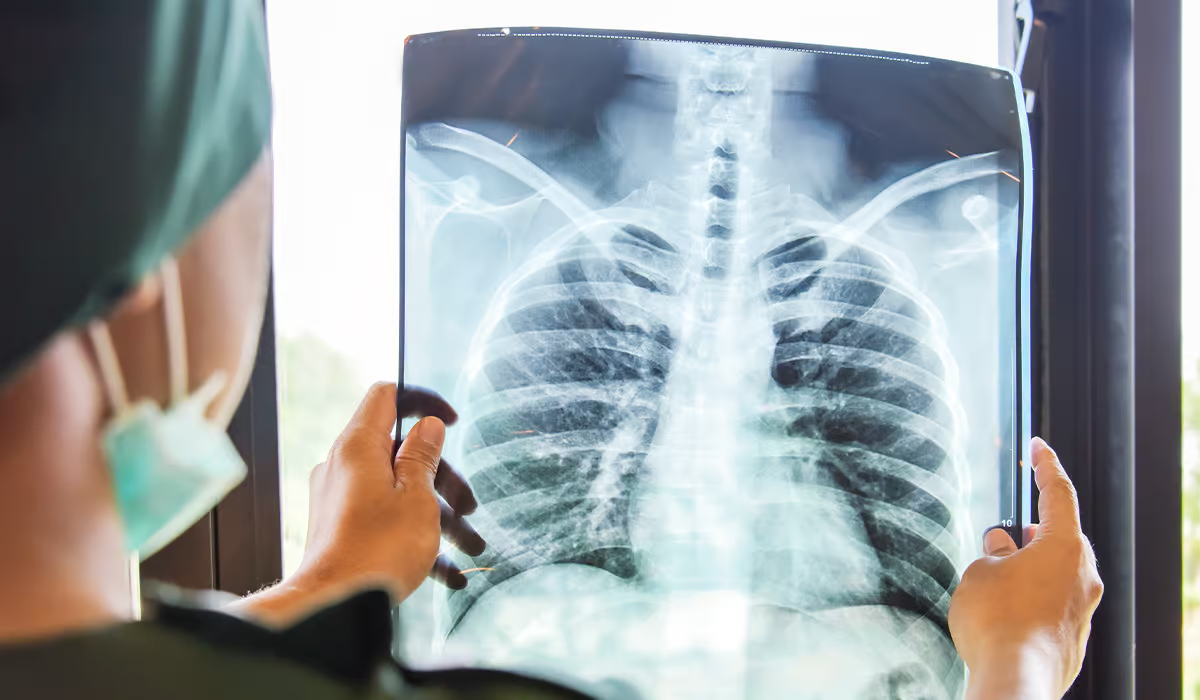Chronic Obstructive Pulmonary Disease, commonly known as COPD, is the third most frequent cause of death worldwide. According to the Global Impact of Respiratory Disease report, approximately 200 million people suffer from COPD, and 3.2 million die because of it each year. In the United States alone, 15 million people have been diagnosed with this disease, and many more live with its symptoms, not knowing the cause.
In the USA, COPD refers to two respiratory diseases that may occur due to damaged lungs – emphysema and chronic (long-term) bronchitis. These two conditions often develop at the same time.
Emphysema develops when the lungs are exposed to cigarette smoke or other irritants. As a result, the alveoli, tiny air sacks responsible for gas exchange located at the end of the smallest air passages, get destroyed.
Chronic bronchitis occurs when the lining of the bronchial tubes gets inflamed. The bronchial tubes’ role is to deliver and receive air from lung sacks. Inflammation of the tubes may lead to persistent daily cough.
The two COPD conditions usually worsen over time and do not improve without adequate treatment. If left untreated, emphysema or chronic bronchitis can challenge everyday life, making it difficult to stay focused on various activities. Moreover, breathing difficulties such as shortness of breath or problems with taking a deep breath can increase anxiety and stress.
COPD cure has yet to be invented. However, The available treatment options help ease and stabilize the symptoms preventing them from worsening. A combination of diet, proper management, lifestyle changes, and precautions allow most COPD patients to achieve desirable life comfort.
What causes COPD?
COPD may develop due to several reasons, whose common denominator is obstructed airway that reduces the amount of air coming in and out of this body part. Possible causes include the following:
- inflammation of the airways in the lung which narrow and thicken them
- destruction of walls between the air sacks
- the inability of tiny air sacks and airways to stretch and shrink
- clogging and blocking of the airways due to excess mucus production
Breathing-related issues are a direct consequence of impaired airflow. Body cells require oxygen for proper function – if there is not enough of it because of less air breathed in, all sorts of respiratory issues may develop.
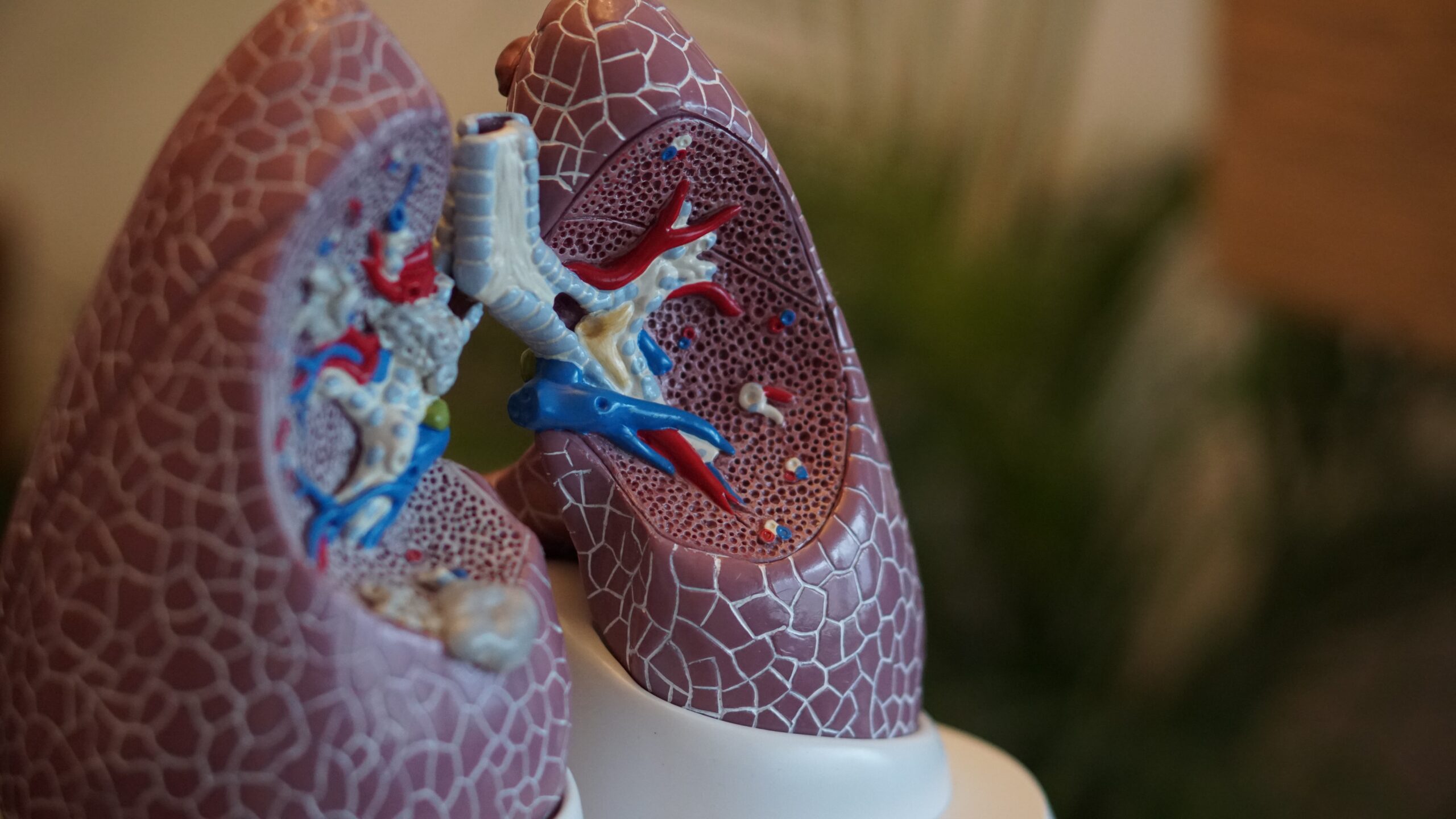
Risk factors
Developing COPD disease is a gradual and lengthy process. Whether it occurs or not depends on many factors. For instance, a person may develop COPD because of prolonged exposure to tobacco smoke, chemicals, or polluted air. But in many cases, several harmful substances and risk factors come into play at once:
- exposure to second-smoke (passive smoking)
- active smoking
- exposure to fumes, dust, and chemicals at work
- indoor air pollution (animal dung, crop residue, smoke exposure due to burning wood or coal)
- being older than 40
- having underdeveloped lungs
- asthma and other respiratory conditions in childhood
- poor growth in utero
- alpha-1 antitrypsin deficiency (a rare condition that causes COPD at a young age)
Exposure to tobacco smoke is a leading cause of COPD, which is why it is often called ‘smoker’s disease.’ However, inflamed or obstructed airways may occur in people who never smoked in their entire lives, which amounts to about 25% of patients with COPD.
Warning signs and symptoms
Chronic obstructive pulmonary disease symptoms usually appear when damage to the lungs is significant. The first symptoms to develop include a daily cough with phlegm and shortness of breath, worsening over time. It especially applies to smokers who continue using tobacco products, people living in polluted areas, or workers exposed to irritants on a daily basis.
The possible symptoms that may develop during COPD include:
- shortness of breath, often triggered by physical activity
- persistent cough
- lack of energy
- respiratory infections
- difficulty breathing
- chest tightness
- cough that produces mucus
- sudden weight loss (in the late stages of the disease)
- wheezing
- inability to take a deep breath
- anxiety due to breathing problems
In the early stages of COPD, respiratory problems may seem like a temporary nuisance that will go away on their own. Unfortunately, that is not the case, and the opposite scenario happens: breathing difficulties and fatigue get worse with time, making it difficult to work, study, engage in sports activities, and carry out daily tasks. Untreated COPD may also result in severe health complications, so seeking professional help early to protect your health and reduce medical expenses is vital.

Complications
Poorly managed or untreated COPD may lead to several dangerous health complications. These include:
- Lung cancer. The risk of developing lung cancer increases in COPD.
- Depression. Shortness of breath and inability to take a deep breath properly can lead to anxiety and stressful experiences. COPD can also interfere with daily activities, adding to the challenges, especially in adult life. Dealing with severe COPD symptoms may eventually lead to depression.
- Heart issues. COPD increases the risk of heart attack and heart health problems. The scientists do not fully understand the reasons for this connection.
- Respiratory infections. Flu, pneumonia, colds, and respiratory infections are more likely to occur in people with COPD. Breathing problems can be more challenging to deal with during such illness or viral infection.
- High blood pressure in the arteries. COPD may also lead to pulmonary hypertension, which is a condition that causes high blood pressure in the arteries.
Diagnosis and tests
Diagnosing chronic obstructive pulmonary disease early is vital to avoid complications and severe forms of COPD. If you are experiencing shortness of breath, tightness in the chest, and fatigue, don’t hesitate to schedule an appointment with your healthcare provider to discuss your respiratory problems.
During a doctor’s visit, you will be asked about your symptoms and medical history, including:
- health conditions you currently have or had in the past, especially anxiety, depression, heart disease, and osteoporosis
- situations that worsen your symptoms (season, weather)
- exposure to irritants that may trigger your symptoms (dust, chemicals, fumes)
- smoking history
- exposure to tobacco smoke, including active smoking and second-hand smoke
- your working conditions that may involve harmful substances
- family medical history (relatives diagnosed with chronic lung diseases such as COPD and alpha-1 deficiency)
After a physical exam and review of your symptoms and medical history, a doctor may order various tests to confirm COPD and rule out other conditions, including:
- Spirometry. This most common lung function test is usually used to diagnose COPD. It involves a spirometer tool that checks the amount and speed of air a person is blowing out. Seeing the performance of a patient’s lungs can help narrow down the possible causes of respiratory problems.
- CT Scan. Thanks to a computerized tomography scan, doctors can determine the severity of COPD and its type – chronic bronchitis or emphysema.
- Chest X-ray. Like a CT scan, a chest X-ray can confirm if emphysema is the reason behind breathing problems. Although not used to diagnose COPD, it can rule out conditions that may mimic COPD.
- Oximetry or arterial blood gas (ABG). This test shows the level of oxygen in a person’s blood.
- Alpha-1 testing. In addition to the above tests, many people are also ordered Alpha-1 testing, which checks the levels of alpha-1 antitrypsin in the body. The reason is that people with COPD tend to have a deficiency of AAT protein.
- Lung volume test. Sometimes a doctor may also recommend a lung volume test to determine if the air volume in the lungs is correct.
Treatment
The progression and severity of COPD differ from person to person. For this reason, close cooperation with a health provider is vital to create an effective personalized treatment plan.
The primary goals of treatment encompass stopping COPD from progressing, preventing complications, and strategies to manage symptoms to achieve a desirable quality of life.
Depending on several factors, such as a person’s lifestyle, working conditions, and type and severity of COPD, the following strategies are used to manage breathing problems:
- quitting smoking and avoiding second-hand smoke
- changing responsibilities at work (if it involves exposure to triggers)
- quitting a current job (if avoiding harmful substances is not possible)medications, including bronchodilators, inhaled steroids, oral steroids, phosphodiesterase-4 inhibitors, and antibiotics
- lung therapies (pulmonary rehabilitation program, oxygen therapy)
- surgeries in case of severe emphysema (bullectomy, lung transplant, lung volume reduction surgery)
- limiting consumption of table sugar, simple carbohydrates, sugary drinks, and sweets
- avoiding air pollution
- staying active
- using a humidifier at home and making sure to drink plenty of water
Living with COPD can be challenging, but with proper management and lifestyle adjustments, most people can continue their education, career, and favorite activities. Remember to work closely with your healthcare provider to develop a treatment plan tailored to your specific needs.
Key facts
- Chronic obstructive pulmonary disease (COPD) is a prevalent and dangerous lung condition, affecting approximately 200 million people worldwide, with 3.2 million deaths annually.
- COPD is linked to emphysema and chronic bronchitis, both leading to obstructed airflow and damaged lungs.
- Causes of COPD include inflammation, destruction of air sacs, and excess mucus production, often triggered by smoking, pollutants, and chemicals.
- Common symptoms include persistent cough, shortness of breath, wheezing, and fatigue. COPD can also result in severe complications like lung cancer, heart issues, and respiratory infections.
- Early diagnosis through tests like spirometry and CT scans is crucial for appropriate management.
- Treatment involves quitting smoking, medications, lung therapies, and lifestyle changes to enhance the quality of life and slow disease progression.
Sources
- National Heart, Lung, and Blood Institute. (2022). What Is COPD
https://www.nhlbi.nih.gov/health/copd - Anuj K. Agarwal et al. (2022). Chronic Obstructive Pulmonary Disease.
https://www.ncbi.nlm.nih.gov/books/NBK559281/ - MedlinePlus. (2022). Chronic obstructive pulmonary disease (COPD).
https://medlineplus.gov/ency/article/000091.htm - NHS Inform. (2023). Chronic obstructive pulmonary disease.
https://www.nhsinform.scot/illnesses-and-conditions/lungs-and-airways/copd/chronic-obstructive-pulmonary-disease - American Thoracic Society. (2019). Chronic Obstructive Pulmonary Disease (COPD).
https://www.thoracic.org/patients/patient-resources/resources/copd-intro.pdf - CDC. (2023). Basics About COPD
https://www.cdc.gov/copd/basics-about.html - American Lung Associacion. (2023). What Is COPD?
https://www.lung.org/lung-health-diseases/lung-disease-lookup/copd/learn-about-copd
